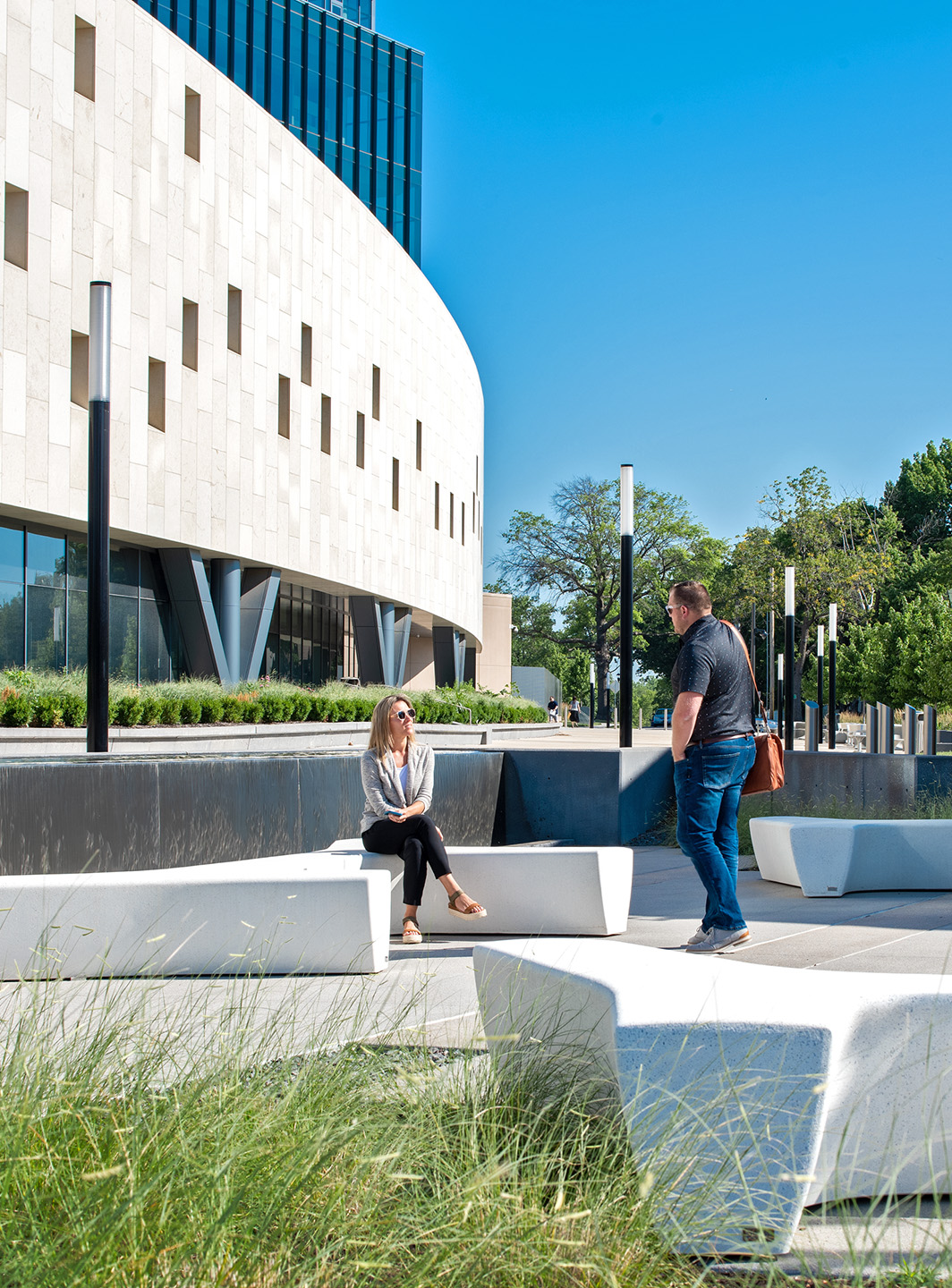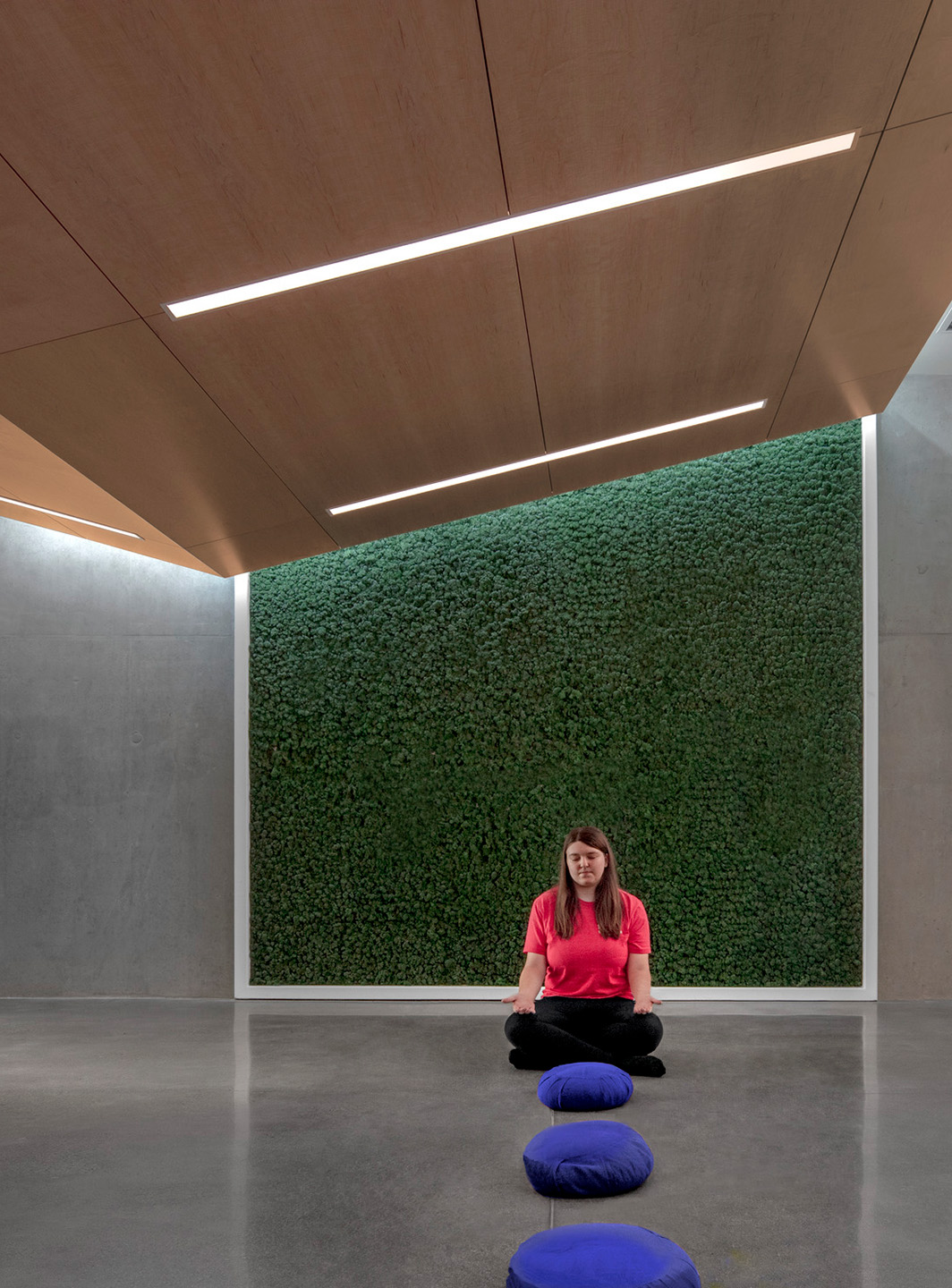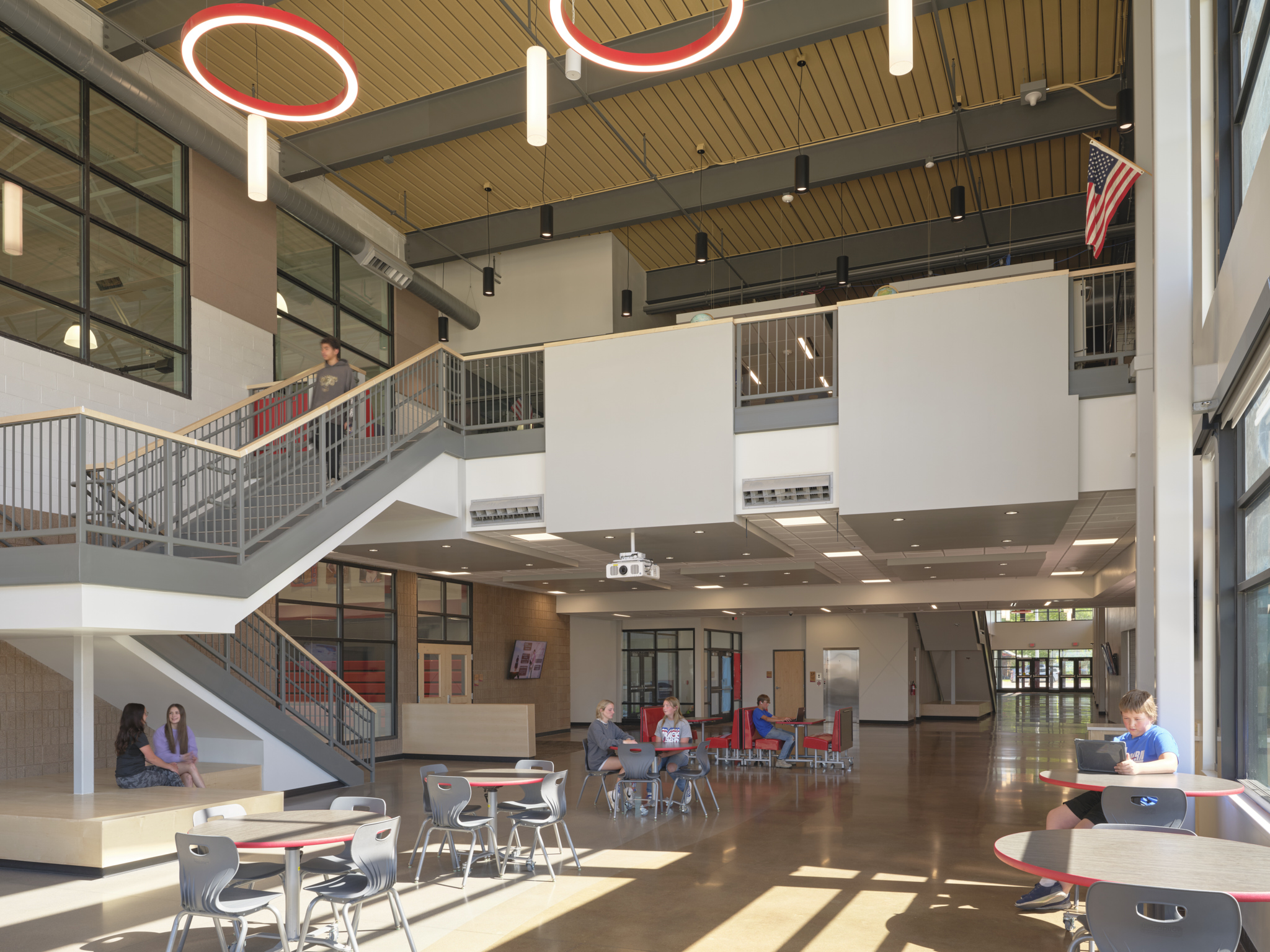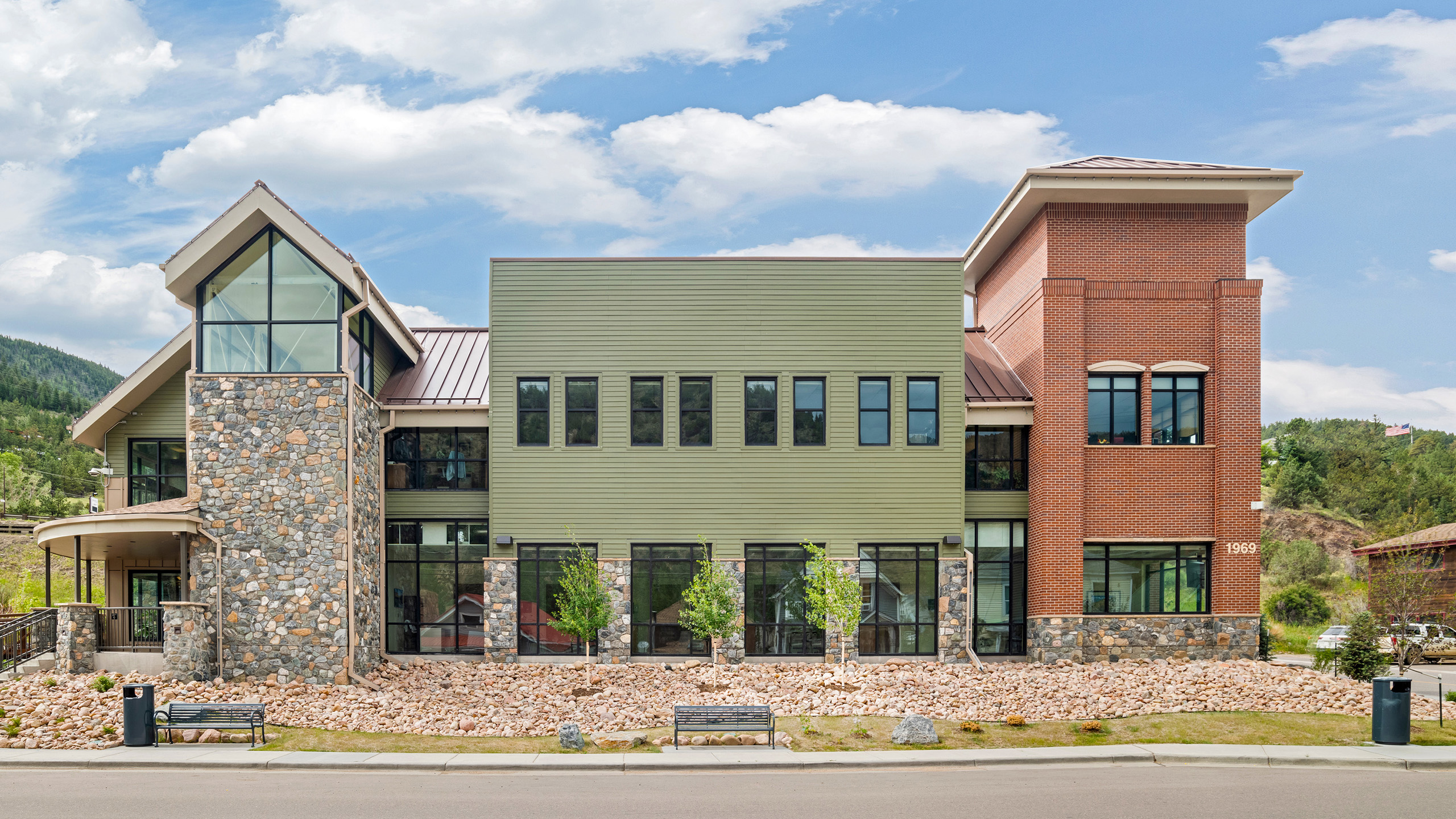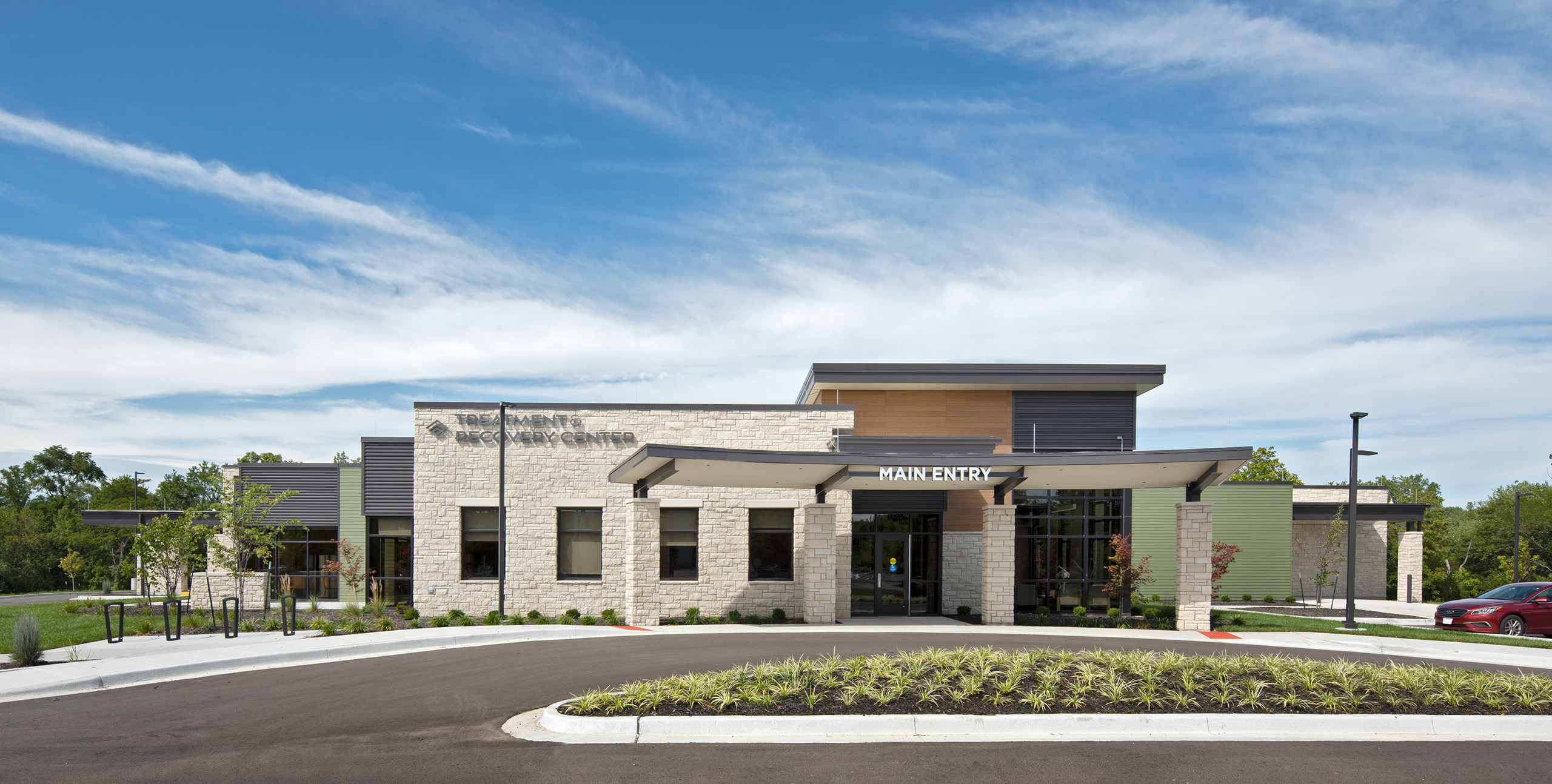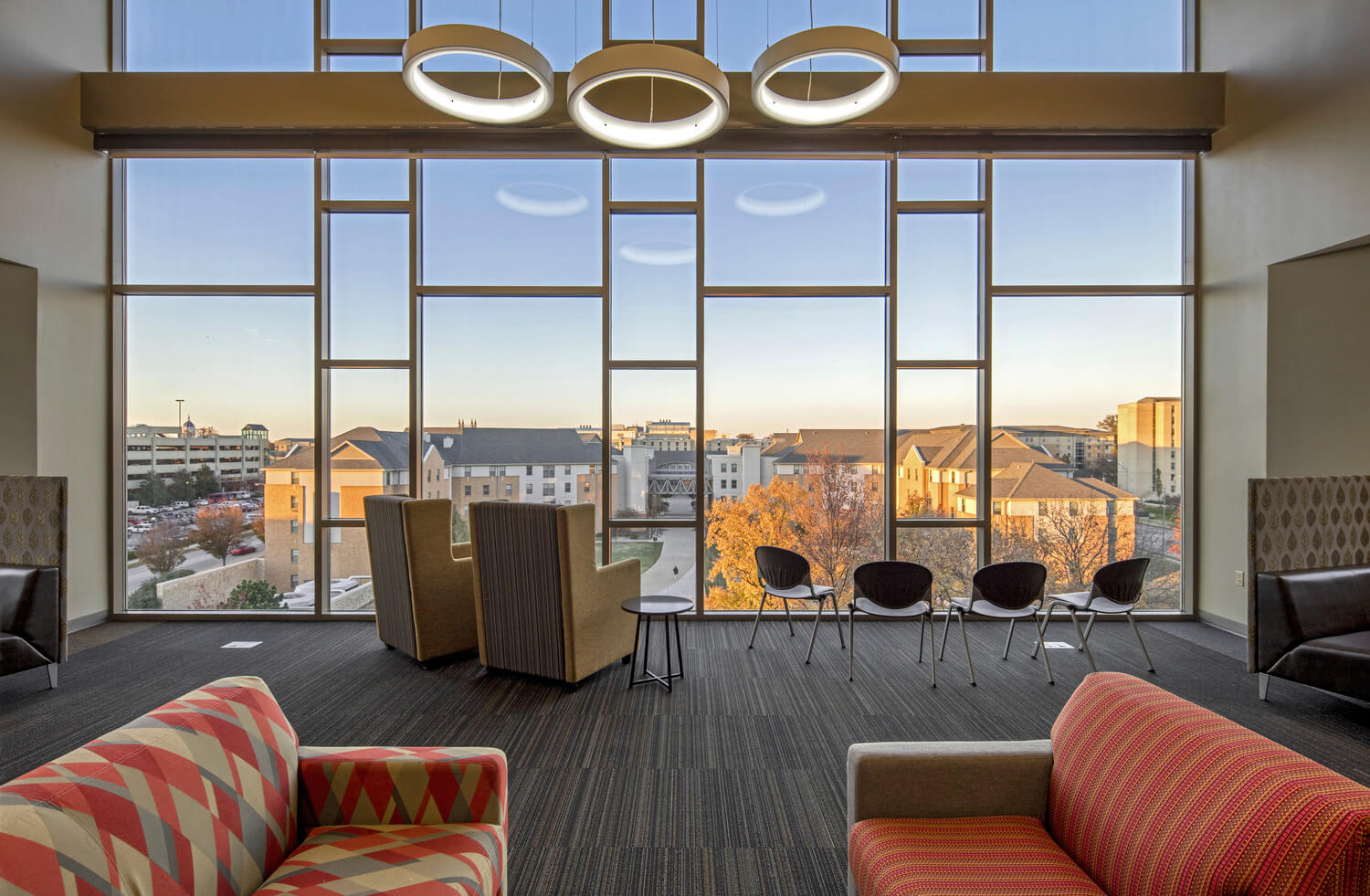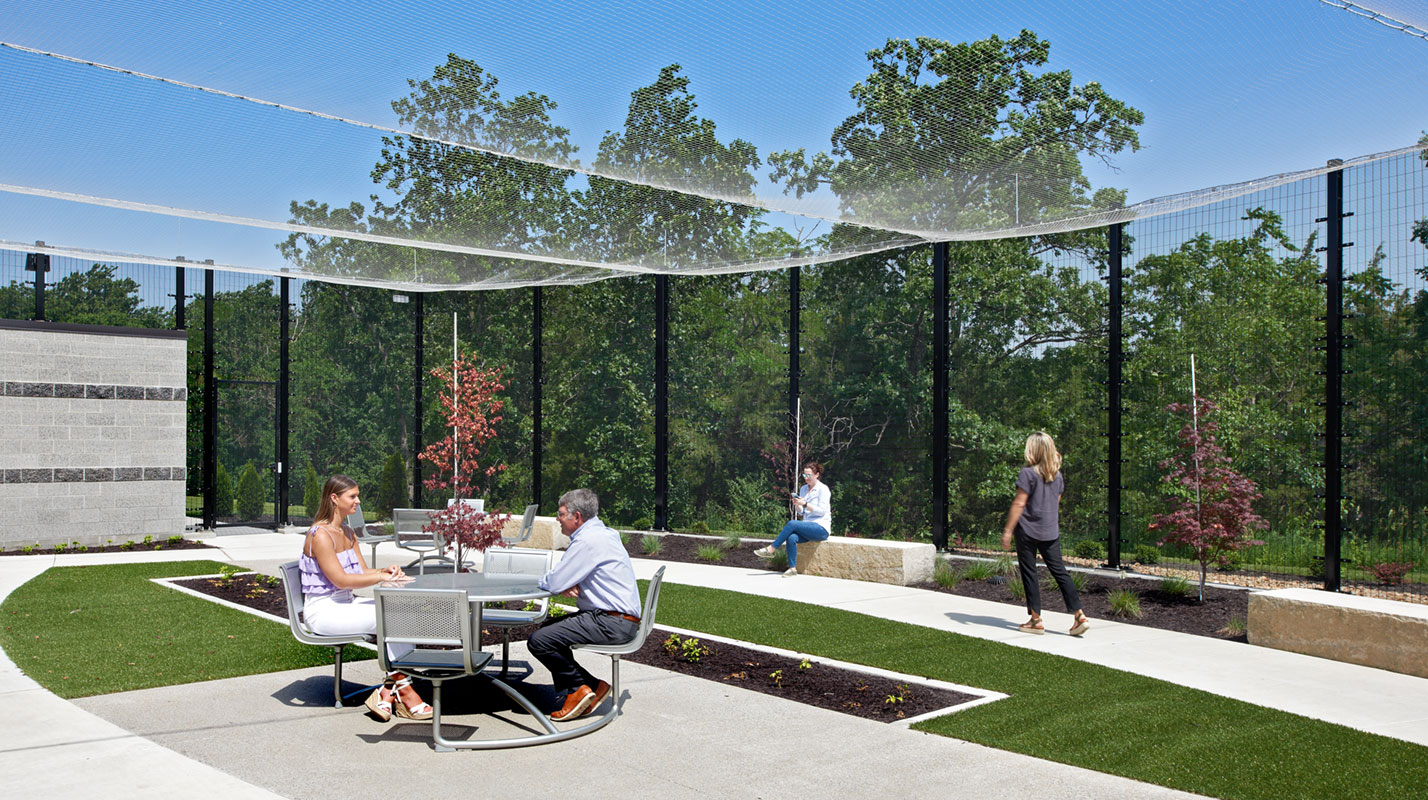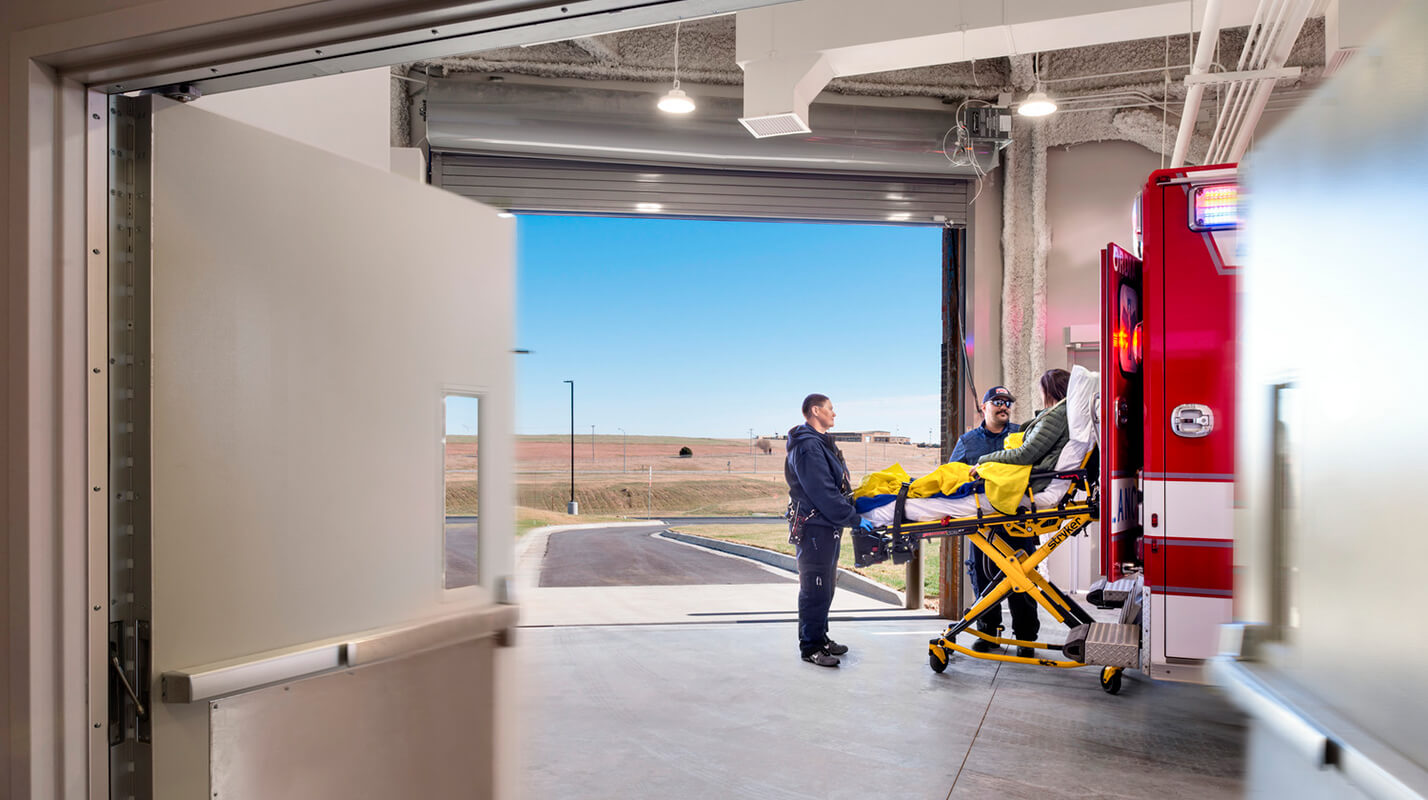How buildings can affect mental health
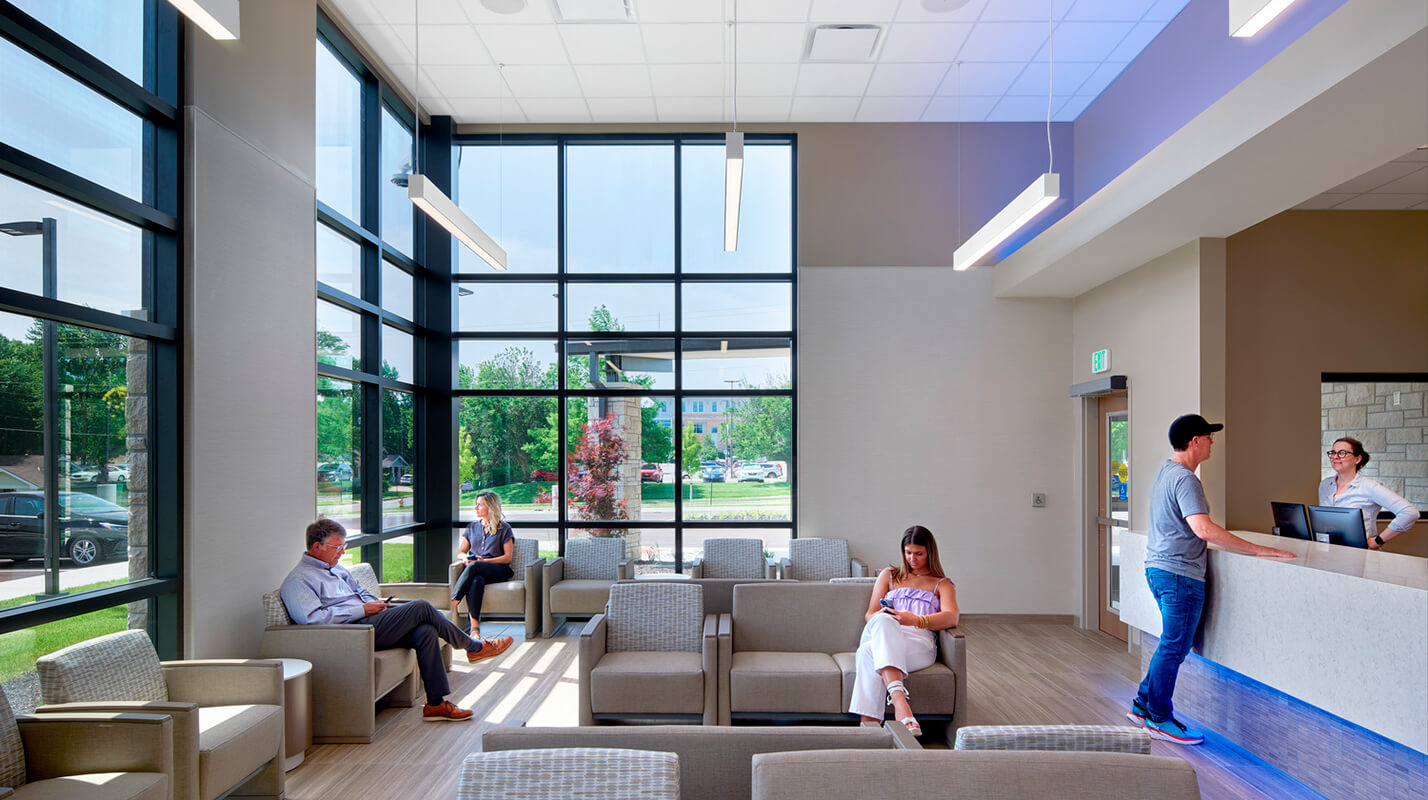
Listen to the episode
The variety of spaces we use can affect our mental health
Mental health is one critical component of our overall wellness and ability to live a healthy and fulfilling life. According to the National Institute of Mental Health Disorders, 1 in 4 American adults suffer from a diagnosable mental disorder in a given year, and many people suffer from more than one mental disorder at a given time.
From the hospital we’re born in, to the schools we attend, to the home we live in, the spaces we inhabit for most hours of the day affect our mental health. In this episode, principals from several of our design studios take a deep dive into a few of these different building types and uncover how they can affect our mental health.
In this episode, we hear from Steve Carr, principal in our Health studio, and Jeff Lane, principal in our Justice studio. They agree that across these market sectors is one united need for a comprehensive approach to mental health.
“As architects, our basic oath that we take is to preserve health, safety, welfare in the projects we do,” says Stephanie. “If we aren’t talking about mental health, we’re missing a big component of that.”
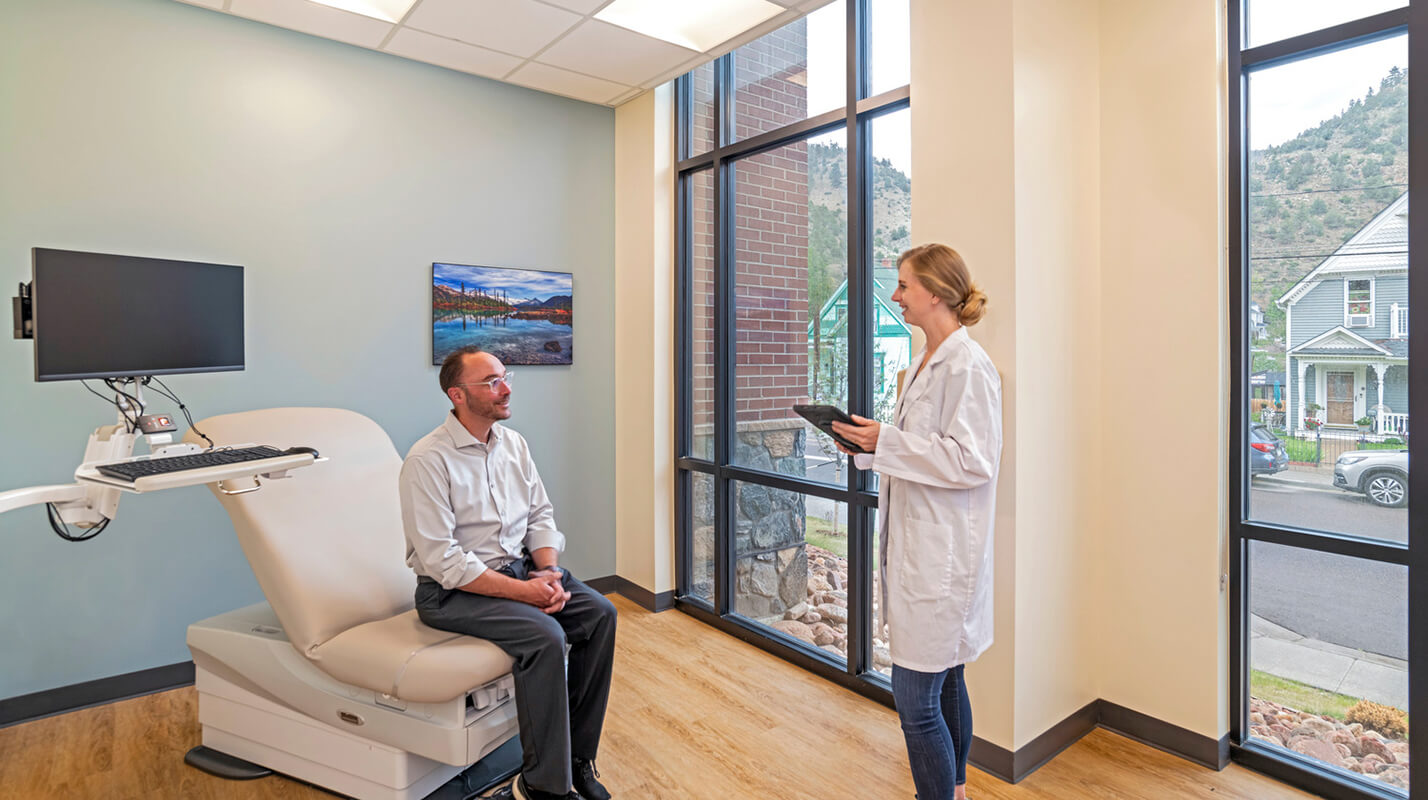
A community-focused approach
During this episode, we talk about a few different projects we’ve worked on in the healthcare, education, and justice market sectors. We find that, through different applications based on the people using these spaces, some common needs and approaches can help communities align on ways to support mental health holistically.
“To see a community that really captured the idea of helping not just incarcerated folks, but helping the whole entire community, for me really brought to the forefront the lack of agencies that were out there, the lack of help that was out there,” says Jeff.
Steve sees this partnership happen in rural areas where providers bring multiple services under one roof for better accessibility. An example he mentions is a community clinic in Colorado. “They partnered with a hospital to provide clinical health, and a behavioral health group, with their social services all in one building,” says Steve. “All of those professionals could be back-to-back in one facility treating people, whether they were there for food stamps, or where they were there because they just broke an arm.”

Cross-specialty design can help bridge gaps and improve care
At Treanor, we specialize in market sectors that see mental health challenges in different ways. When we look at them collectively, we see opportunities to address both the origins of these issues and potential spaces where they can reoccur.
“There are so many social and cultural issues happening globally that behavioral health is a root cause of,” says Steve.
“If we’re really going to be good problem solvers, we have to understand the root causes of the problems we’re trying to solve.”
Steve Carr, Principal, Treanor
“As a firm, we’ve been able to take elements within health or higher education, or our PK-12 group and justice group, and have conversations about how we’re addressing some of these things,” says Jeff. One of the projects referenced within this episode, the Douglas County Treatment and Recovery Center, is an example of how healthcare and justice architecture can overlap to provide more comprehensive space design for an integral community facility.
Listen to the full episode to learn more about how architecture can support mental health initiatives within integral community spaces.
Voices in this episode
Stay on the leading edge
Stay up to date on emerging trends, research, hot topics, and more delivered conveniently to your inbox.
"*" indicates required fields

